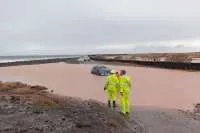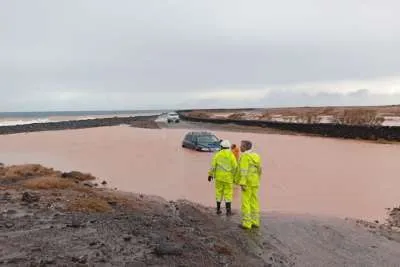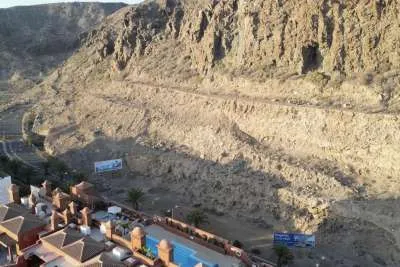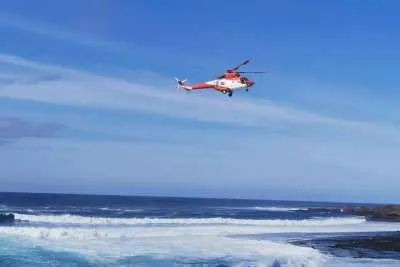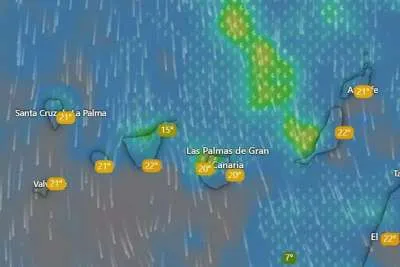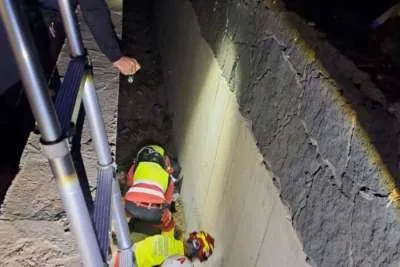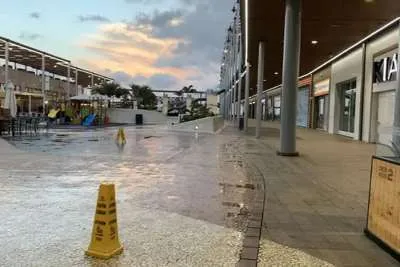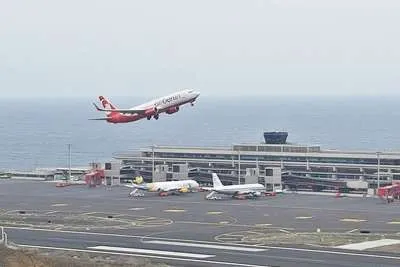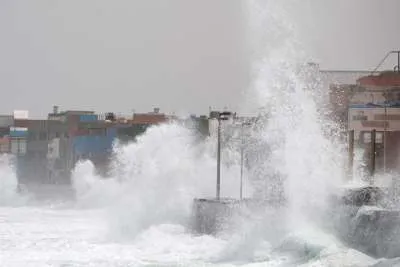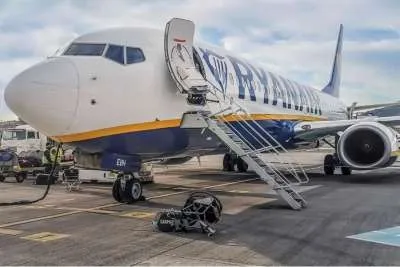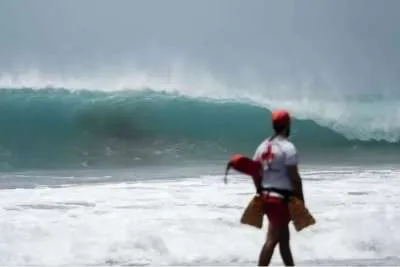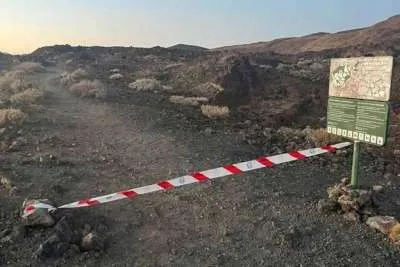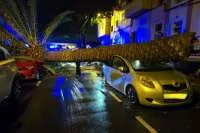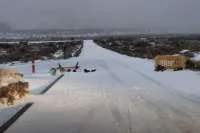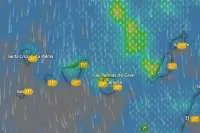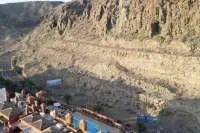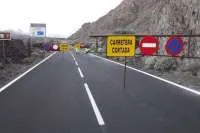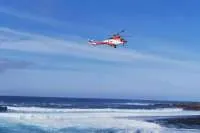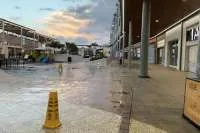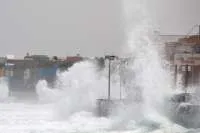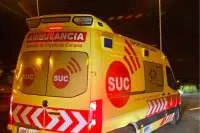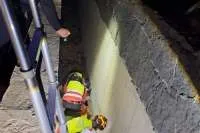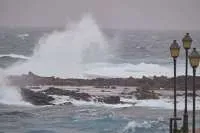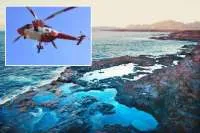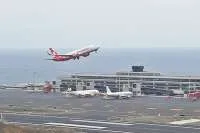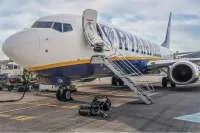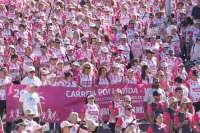European Space Agency tests new Moon Navigation System in the Canary Islands
- 07-05-2025
- Fuerteventura
- Canarian Weekly
- Photo Credit: GMV
The European Space Agency (ESA), in collaboration with tech company GMV, is bringing space exploration a step closer to reality with the unveiling of a revolutionary lunar navigation system, choosing the volcanic landscapes of Fuerteventura as the testing ground.
The system, named LUPIN (Lunar Pathfinder Initial Navigation), aims to deliver GPS-like capabilities for the Moon, offering astronauts and rovers a level of intuitive navigation akin to Google Maps, but adapted to the harsh and complex lunar environment.
The technology will be officially showcased on Thursday (8th May) at the Venancio Guerra wrestling ground in Lajares, marking a major milestone in the push for advanced tools to support the next generation of lunar missions.
Fuerteventura: A Natural Lunar Landscape
Fuerteventura was selected for its striking resemblance to lunar terrain. The island’s volcanic geology and rugged topography simulate the kind of obstacles and conditions rovers would face on the Moon, including areas around the lunar south pole and permanently shadowed regions.
Its remote, largely undisturbed landscape also offers an ideal testing environment, free from the noise and disruption of urban life.
Precision Navigation for the Moon
LUPIN is being developed under ESA’s Navigation Innovation and Support Programme (NAVISP), and is designed to support precise positioning, navigation, and timing for missions to the Moon. It combines existing planetary navigation techniques with future lunar satellite signals, helping to overcome the unique challenges of extraterrestrial navigation.
Unlike Earth, the Moon lacks a robust global positioning infrastructure. LUPIN seeks to change that, allowing landers, rovers, and future human crews to operate more autonomously, without relying on Earth-based guidance for every manoeuvre.
By offloading complex calculations from the onboard systems, the new system will enable faster and more efficient exploration, making terrain conditions, rather than navigation constraints, the main limit to movement.
A New Era in Lunar Exploration
With renewed global interest in the Moon, especially from space agencies and private enterprises aiming to establish long-term presence on its surface, LUPIN represents a key step towards that goal. It promises to make lunar travel and exploration significantly safer, smarter, and more autonomous.
The demonstration in Fuerteventura is not only a showcase of innovation but also a symbol of the Canary Islands’ growing role in cutting-edge space research.
Other articles that may interest you...
Trending
Most Read Articles
Featured Videos
A Vision of Elvis Tenerife Promo
- 10-05-2025
TEAs 2025 Highlights
- 17-11-2025




